Ijraset Journal For Research in Applied Science and Engineering Technology
- Home / Ijraset
- On This Page
- Abstract
- Introduction
- Conclusion
- References
- Copyright
Ed-Stats: Role of Statistics in Education
Authors: Mulka Krishna Kumar
DOI Link: https://doi.org/10.22214/ijraset.2024.66022
Certificate: View Certificate
Abstract
Statistics plays a significance Role in Education by helping Teachers, Students, Educators, Policymakers, Researchers, Administrators and Educational institutions to make informed decisions based on data. Statistical methods are used to enhance teaching, learning and administration. In educational institutions and research, statistics is used to evaluate student performance assess different factors including educational outcomes and analyze large data sets from standardized tests. Statistics in education we use to measure and evaluate the essential part of teaching learning process and Student performance. In this process we obtain scores and then interpret these scores in order to take decisions. Statistics enables us to study these scores objectively. It makes that teaching learning process more efficient. Researchers, Educators, Educational institutions use statistics to study Trends in enrollment, Education rates, Literacy levels and Achievement gaps across regions or demographics. Here\'s how Statistics and Statistical methods are contributes to education.
Introduction
I. INTRODUCTION
"Education is the key to unlock in the world it is the passport to freedom" - Oprah Winfrey.
"Scientific laws are not advantage by the principle of authority or justified by faith or medieval philosophy; statistics is the only code of the appeal to new knowledge" - P.C.Mahalanobis.
Education plays a vital role in our life. Primarily we understand Statistics as 'Data Handling' in school education. In Data Handling the student can learn about statistics like Data, Tally marks, Frequency, Distribution, Data interpretation, Different types of Graphs, Measures of central tendency (Mean, Median, Mode, Geometric mean, Harmonic mean). Intermediate level Measures of dispersion ( Range, Quartile deviation, Mean deviation, Standard deviation, coefficient of variation and Relative measures of dispersion) Probability. In-depth of statistics the student can learn at Graduate level and after. In graduate level Statistics go with different names in various groups. Like Descriptive Statistics, Probability distributions, Statistical methods and Estimation, Inferential statistics, Applied statistics, Analytical statistics etc., in Mathematics related groups, Business Statistics in Commerce related groups, Economical statistics in arts related grous, Bio-Statistics in Life science and Medical science related groups.
II. OBJECTIVES OF THE STUDY
- To know utility of Statistics in Education.
- To know How Statistics use in Teaching, Learning process.
- To understand the effectiveness of Statistics in decision making.
- To know use of Statistical data helps to Research.
- To understand How Statistics helps in curriculum development.
- To know the importance of Statistics for students, Researchers as well as Institutions.
- To know how Statistics is a part of our Educational life.
III. METHODOLOGY
Statistical methods are applied in education to improve Teaching practice, Assess student performance and to take effective Educational policy decisions. A descriptive statistics, correlational study to explore the relationship between students knowledge and academic achievements of the students. We need to get the data related to the questions, Like - How do statistical methods improve the assessment of student learning outcomes? What role do statistical tools play in curriculum design or Educational policy? Responding this type questions with Statistical techniques are used to analyze the data i.e., Descriptive statistics (e.g., mean, median, mode, standard deviation) to summarize key educational data. Inferential statistics (e.g., Correlation, t-test, F-test, X2-test, ANOVA, Regression analysis) to determine relationships between variables or test hypothesis. SPSS, SAS, SAP packages are use for Analytical studies. Factor analysis or cluster analysis for complex data patterns. Qualitative data analysis methods (e.g., thematic analysis, S.Q.C – Attribute control charts) for interpreting open ended responses or interviews.
IV. ROLE STATISTICS IN EDUCATION
A. Student Enrolment, Standstill, Dropout Prevention
- Attendance and Behavior: Statistical models analyze patterns in enrolment and behavior to predict dropouts or disciplinary issues.
- Personalized Learning: Data-driving insights allow for customize educational experiences that serve to individual student needs.
- Risk Factor Analysis: Statistical analysis identifies a combination of academic, Socio-economic factors that contribute to students attrition.
- Intervention of Design: Statistics helps Design targeted interventions by analyzing the interplay of multiple variables.
B. Assessment and Evolution of the Students Performance
- Student Perform Analysis: Teachers use statistics to analyze test scores, grades, and other performance Metrics to identify learning gaps and improve instruction, teaching methods.
- Formative and Summative assessments: Data from assessments is analyzed to track progress and guide curriculum judgments.
- Standardized Testing: Statistics ensures the validity, reliability and fitness of standardized tests like SAT, GRE or National assessments.
- Example: Suppose we want to understand the average test scores of students in a particular grade. We calculate the mean score to get an overall picture.
C. Statistics for Learning Analysis
- Engagement Metrics: Track multiple indicators (e.g., Time spent on tasks, Participation in forums) to measure student engagement. Helps to analyze the student learning outcomes, performance and achievements.
- Knowledge Mapping: Builds High-Dimensional statistical models of what students know, helping to identify gaps and areas for improvement.

- Student Performance Modeling: High-Dimensional statistics analyzes a multitude of student attributes (e.g., attendance, test scores, engagement Metrics) to Tailor personalized learning plans.
- Adaptive Learning Platforms: Uses data from multiple sources, such as online activities, quizzes and behavioral patterns, to create dynamic and customized learning experiences.
D. Teacher and Curriculum Development
- Professional Development: Statistical Analysis Highlights areas where teacher training programs need improvement. Identify areas where teacher needs additional training based on a detailed analysis of student performance and feedback. High-dimensional data from classroom observations, student outcomes and feedback surveys helps assess and improve teaching effectiveness.
- Content Optimization: Evaluates multiple aspects of digital and physical learning material to enhance their Effectiveness.
- Curriculum Improvement: Statistics helps valued the impact of Curriculum changes on student learning outcomes.
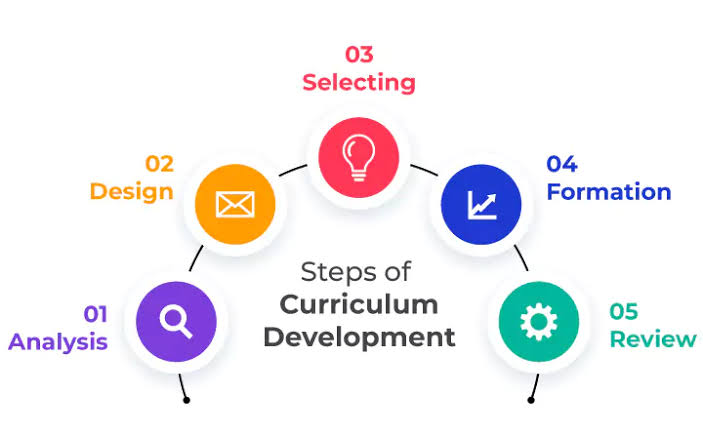
- Identifying Key Success Factors: Statistical data helps identify which teaching methods, materials or curriculum elements correlate with better learning outcomes.
E. Quality Assurance, Institutional Performance and Accreditation
- Quality Assurance: Educational Institutions use statistical benchmarks to meet academic standards and demonstrative educational quality. Analyzes diverse datasets to ensure educational institutions meet academic standards and maintain quality.
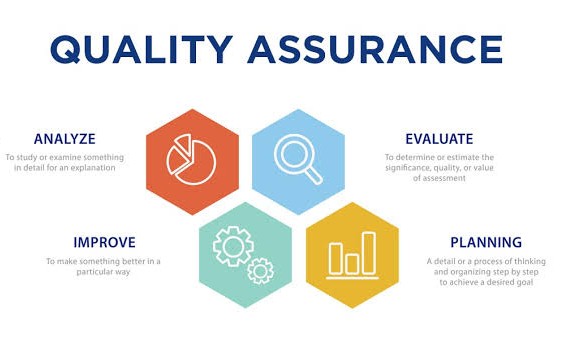
- Ranking and Benchmarking: Comparative statistics are used to rank schools colleges and universities. Use High-Dimensional data to compare institutions on multiple metrics, such as graduation rates, research outputs and students satisfaction.
F. Policy Development and Resource Allocation
- Data-driven Decision Making: Help policy makers allocate resources such as funding for schools, colleges, institutions based on statistical analysis of needs and outcomes.
- Equity Assessments: Examines disparities in educational assessments and outcomes across numerous demographic variables to inform equitable policy making favorably.
- Resource Allocation: Analyzes complex data sets across multiple schools, colleges and districts to determine where sources are most needed.
G. Educational Technology and Data Mining
- Alterable Learning systems: Uses statistical algorithms to adopt content delivery based on student performance in real time. Use technology in education for more knowledge.
- Predictive Analysis: Identifies patterns in high-dimensional data to predict student outcomes, such as success in courses, liked of dropouts or career readiness.
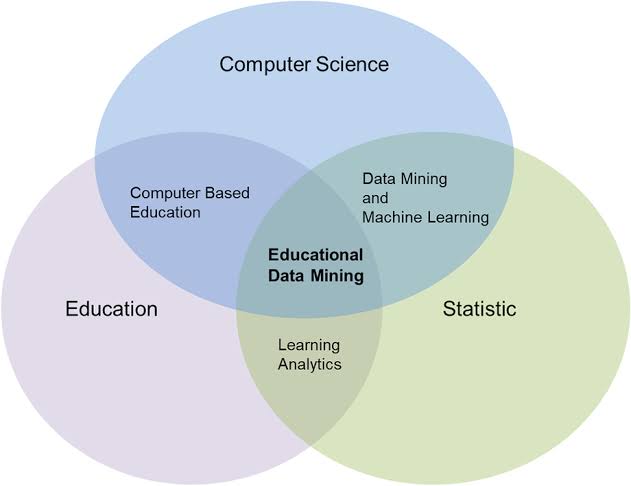
- Behavior Analysis: Analysis complex data sets to understand student behavior, including collaboration, participation and motivation.
H. Forecasting, Longitudinal Studies and Planning
- Enrollment Predictions: Statistical models forecast future enrollment trends, helping schools and colleges plan for growth or decline.
- Tracking Progress: High-dimensional statistics supports long-term studies of students by analyzing changes across multiple variables over time.
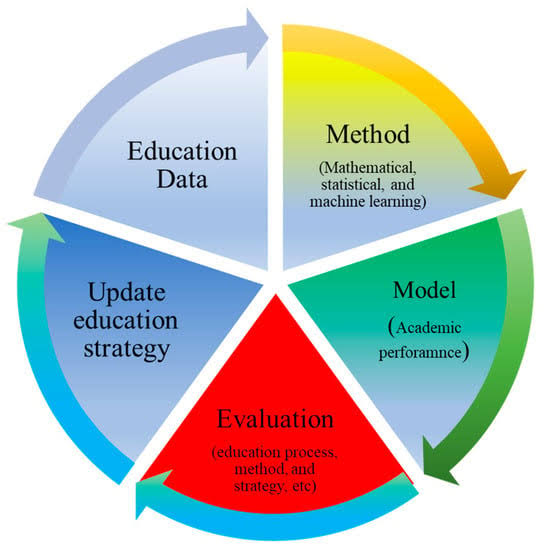
- Impact of Interventions: Evaluates the effectiveness of educational interventions across broad range of metrics.
- Workforce Demand: Give Guidance to prepare curriculum design based on project job available at market demands.
- Longitudinal studies follow the same group of individuals over time. They provide insights into educational trajectories and developmental patterns.
- Example: A study tracking students from kindergarten through high school examines how early literacy skills impact long-term academic success.
I. Statistics for Diversity and Inclusion
- Analyzing Multivariate Demographics: Examines how factors like socio-economic status, ethnicity, gender and disability intersect to influence educational outcomes.
- Creating Inclusive Policies: High-Dimensional analysis informs the creation of policies that address the needs of diverse student populations.
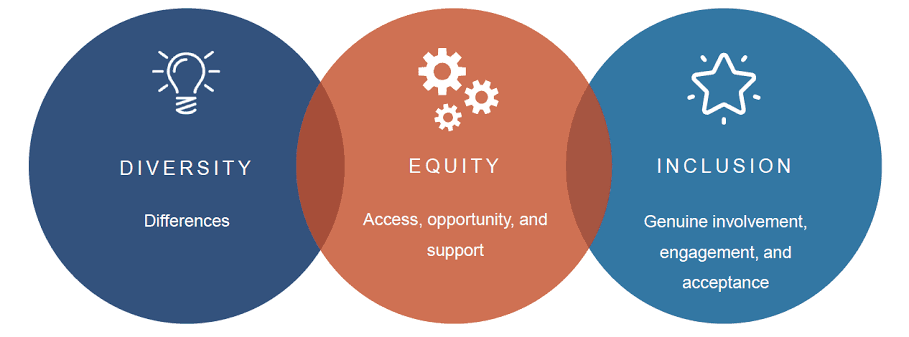
J. Integration of Ed-Tech
- Digital Learning Tools: High-Dimensional statistics evaluates the effectiveness of digital tools by analyzing data from multiple channels (e.g., online assessments engagement Metrics and learning paths).
- Ed-Tech Analysis: Monitors the effectiveness of digital learning tools and platforms.
- Virtual Reality and Participation enhancement: Tracks interactions across multiple dimensions to access the impact of immersive technology is on learning outcomes.
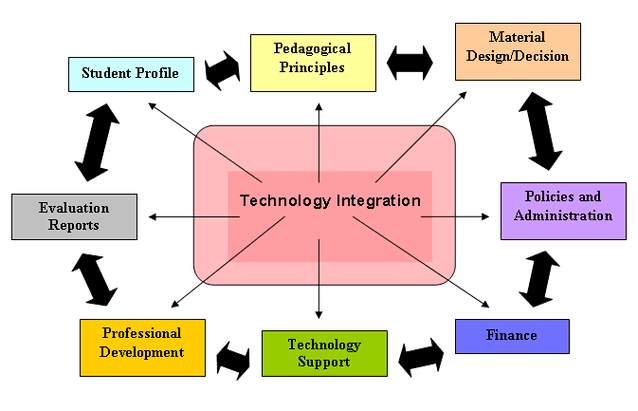
K. Statistics for Cultural and Social Insights
- Understanding Diversity: Statistical tools analyze the impact of Cultural, Social and Economic factors on Education systems.
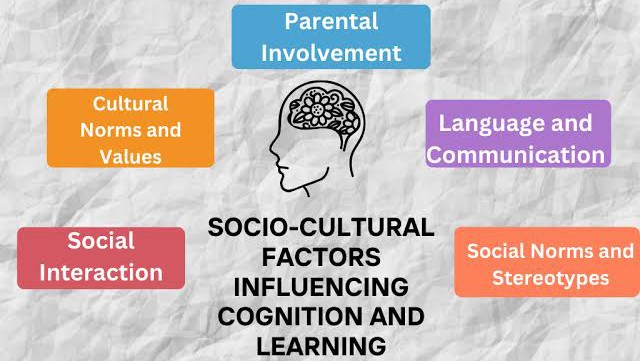
- Global Comparisons: Facilitate cross country comparisons (e.g., PISA Scores) to understand global Education standards.
- Evaluate the Impact of Social-media on Education
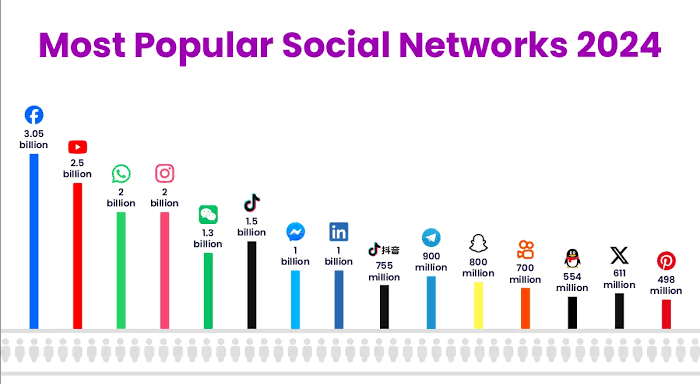
L. Statistics for Educational Research
- Identifying Trends: Researchers you Statistics to study trends in Enrollment graduation rates literacy levels and Achievement gaps across regions or demographics.
- Program Effectiveness: Evaluates the success of Educational programs, interventions and policies through statistical experiments and data analysis.
- Hypothesis Testing: Validates assumptions or there is about teaching methodologies Learning behaviors or Institutional performance.
- Statistics in educational research involves collecting, analyzing, and sharing data about education, including: funding, teaching resources, graduation rates, and test scores
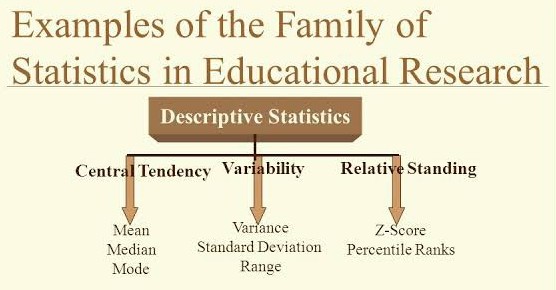
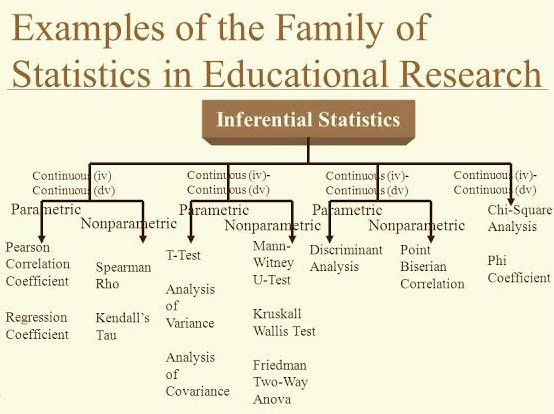
- Example1: Researchers might use inferential statistics to determine whether a new teaching method significantly improves student performance compared to the traditional method.
- Example2: A researcher selects a random sample of schools from different districts to study the impact of a literacy program.
Conclusion
Statistics in Education encompass a wide range of quantitative techniques used to analyze educational data. These statistics provide valuable insights into various aspects of the education system, including student achievement, teacher effectiveness, school performance, and educational outcomes. Statistics in Education are not just numbers; They represent the lives and experiences of students, teachers, and communities. By using statistics thoughtfully, Educators can make informed decisions that positively impact learning outcomes. Statistics helps in evidence based practices in Education, ensuring that decisions are fair, efficient and focused on improving outcomes for all students. It helps transform raw data into actionable insights that enhance Teaching, Learning and Educational systems as whole. Statistics empowers Educators, Researchers and Policymakers makers to analyze and act on large scale, complex educational data. It facilitates informed decision making, improves learning experience and addresses systematic challenges by leveraging inside from multivariable interactions. This advanced analytical approach is crucial for modern, data-driven Education system. Educational Statistical data serves as a powerful tool for improving educational systems, enhancing student outcomes and promoting equity. By analyzing these diverse data types, educators, researchers, and policymakers can make informed decisions that positively impact learners and institutions alike. Remember that each data point represents a student\'s journey and our collective efforts in understanding and utilizing this data contribute to a brighter future for education.
References
[1] Fundamentals of Statistics, S.C. Gupta. [2] Statistics in Education, Dr.K.M.Bhandarkar. [3] Practical Statistics, R.S.N. Pillai, Bagavathi. [4] Statistics in Education, DWAYNE HUGHES. [5] Fundamentals of Mathematical Statistics, S.C. Gupta, V.K. Kapoor. [6] Statistics in Education and Psychology, R.P.Pathak. [7] Introduction to Educational Statistics, ODUNLAMI, A.A. [8] Principles of Statistics, Dr.S.M. Shukla & Dr.S.P. Sahai [9] Statistics applied in Educational Research, Dr.S. Packiam. [10] Research in Educational Statistics, Kshirsagar O.M. [11] Principles of Statistics, Dr. B.N.Gupta. [12] Assessment methods in Statistical Education, WILEY.
Copyright
Copyright © 2024 Mulka Krishna Kumar. This is an open access article distributed under the Creative Commons Attribution License, which permits unrestricted use, distribution, and reproduction in any medium, provided the original work is properly cited.

Download Paper
Paper Id : IJRASET66022
Publish Date : 2024-12-19
ISSN : 2321-9653
Publisher Name : IJRASET
DOI Link : Click Here
 Submit Paper Online
Submit Paper Online

